The Coach in Marlow in the main street of Marlow is the younger sister of The Hand and Flowers, and also related to The Bar and Grill at The Corinthia. It is a no-reservation place, which is fine if you live down the road but a riskier proposition if you are travelling any distance. Head chef Tom de Keyser trained at York & Albany before working at The Hand of Flowers, and has been head chef here since it opened in 2014. The Coach opens for breakfast, lunch and dinner, seven days a week, so it was not particularly surprising that he was not at service at this particular meal. The Coach was awarded a Michelin star in the 2018 Guide.
The menu is more exotic than you might expect in a regular pub, so you have dishes such as beef biltong chilli, or pollock Scotch egg with shellfish bisque. The menu portions are “small plate’ format, and you are encouraged to order about three per person. The portions are indeed cut down to sensible size, so this number of dishes felt about right provided you are fairly hungry. The pub itself has tables by the wall and window as well as bar stools. The bar stools at the far end to the right as you enter overlook the open kitchen, which allows you to chat to the chefs.
The wine list had 46 bottles ranging in price from £24 to £190, with a median price of £57 and an average mark-up of 3.3 times retail price, which is pretty hefty and is more the sort of level usually found in Mayfair than in the English countryside. Sample labels were Le Campuget Grenache Viognier 2018 at £27 for a bottle that you can find in the high street for £8, Fattoria di Rodano Chianti Classico 2016 at £47 compared to its retail price of £17, and Gaia Estate Agiorgitiko Nemia 2014 at £90 for bottle that will set you back £20 in the shops.
The dish “mushroom risotto Claude Bosi” was a nod to a celeriac and snail dish of chef Claude Bosi, where the celeriac is used in place of rice. Here the idea is to use king oyster mushrooms instead of rice, and then top these with diced and pureed button mushrooms, finished with Mozzarella, Parmesan and chives. This worked very nicely, the textures good and the cheese adding richness to the mushrooms (14/20).
A fish fritter used whiting, a fish you do not see that often in the UK. However I have eaten it several times in Japan in tempura restaurants. There it is called kisu or “kiss fish” and is clearly a fish that works well when deep-fried. Strictly speaking, the European whiting is not the same as the one in Japan, being related to cod, whereas the Japanese whiting is part of the smelt family. In any case, the version here was very enjoyable, the batter crisp and the fish having a pleasing, delicate flavour (14/20). This rested on a little pea puree and was served with tartare sauce and a slice of lemon. Chicken Kiev was just a touch drier than it might have been, but the cauliflower cheese with had excellent texture and just the right amount of melted cheese. The cauliflower cheese puree with it was quite salty even to my taste. For me the cauliflower rescued the dish (13/20).
A burger appeared here as a precariously tall, thin tower of layers, from pickled cucumber through to smoked brisket and raclette (a semi hard Swiss cheese) and topped with a bun. The brisket had the odd bit of gristle in the half that I tried, but the burger was otherwise good and the balance with pickle was fine. The bizarre shape made it impractical to eat without the aid of a knife and fork, presumably the idea being more for visual effect than practicality (just about 13/20 for taste, but less for architectural design).
The least successful dish was biltong chilli. Biltong is dried beef cured with vinegar and salt that is popular in South Africa. The chilli had a healthy kick of chilli but I found that the rather gritty texture of the biltong wasn’t necessarily a good substitute for regular minced beef. I was also unsure about the puffed rice that appeared in the dish, which wasn’t as crisp as you might expect. The Jack cheese on top at least lifted the flavour. Overall the dish was certainly edible, but I felt this was one dish where the kitchen was trying to be too clever for its own good (11/20).
A whole quail cooked on the rotisserie had today been stuffed with walnuts and blue cheese. This brought the meal back on track, the bird being tender and delicate in flavour, the walnuts adding texture and the cheese not too strong (14/20). On the side, green cabbage was very good. It may be hard to make cabbage really thrilling, but it is very easy to make it unappealing. This version was cooked lightly and liberally tossed in butter, and went well with the quail (14/20). Similarly, triple cooked chips were excellent, served with good béarnaise sauce.
Orange and almond tart featured delicate pastry, with the sharpness of the orange working nicely with the sweetness of the pastry, this came with a good chocolate sorbet, orange and chocolate being a classic combination (15/20). It was interesting that this, one of the most classic dishes on the menu, was also the most successful of the meal.
The coffee was Musetti, but sometimes, as The Dread Pirate Roberts advised in the wonderful movie "The Princess Bride", you have to get used to disappointment. The bill came to £72 per person including two good glasses of wine. If you shared a modest bottle then a typical cost per person might be around £70. Service was friendly and the chef was happy to chat and answer questions. Overall I quite liked The Coach, which took pub dishes and elevated them in inventive ways that mostly succeeded. I think that they could dial back the innovation a bit and produce even better food. Although I preferred the food at The Wigmore and Parlour, never mind the terrific Harwood Arms, I actually found this meal to be in no way worse than the food I have eaten at the Hand and Flowers itself.



















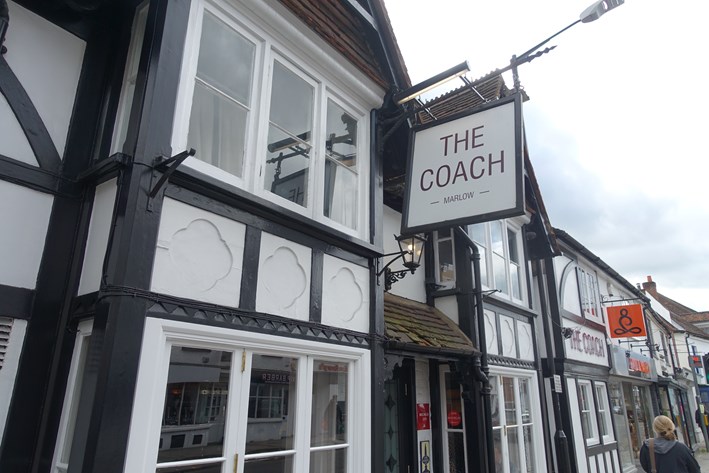
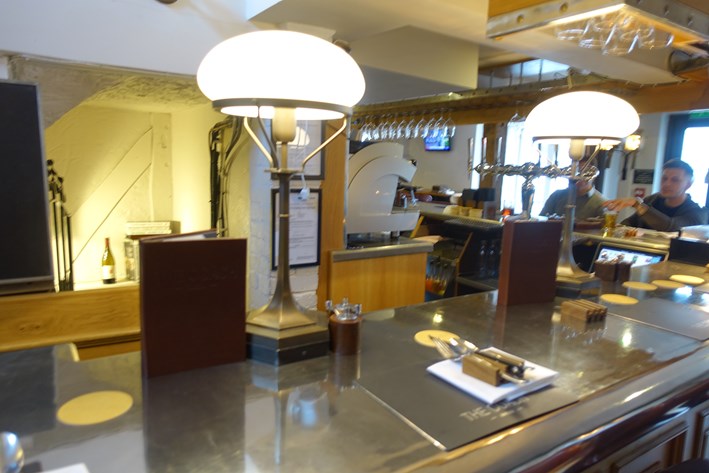
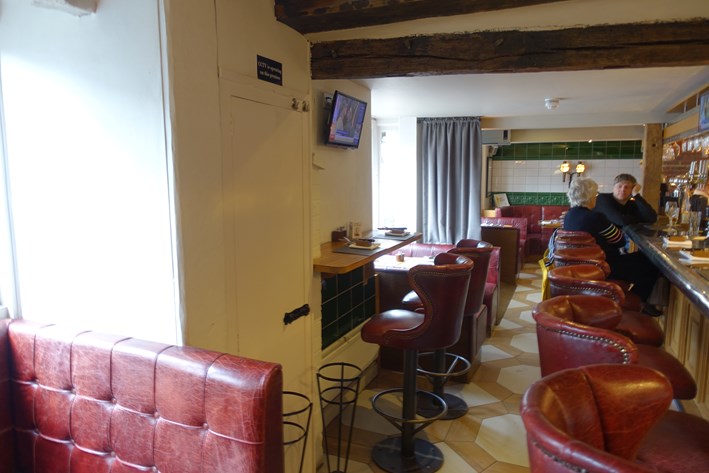
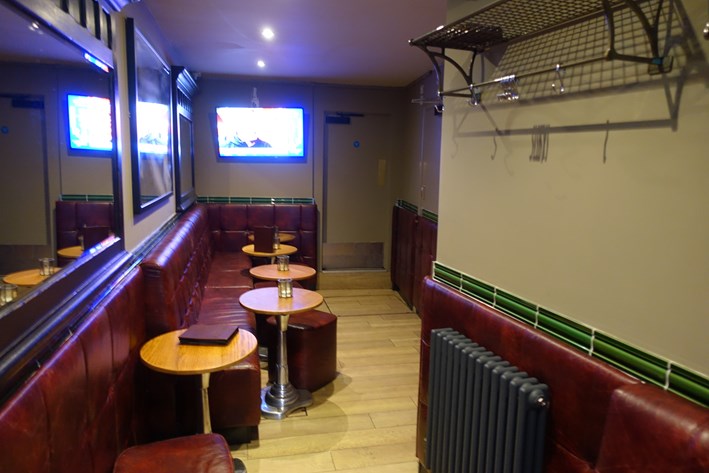



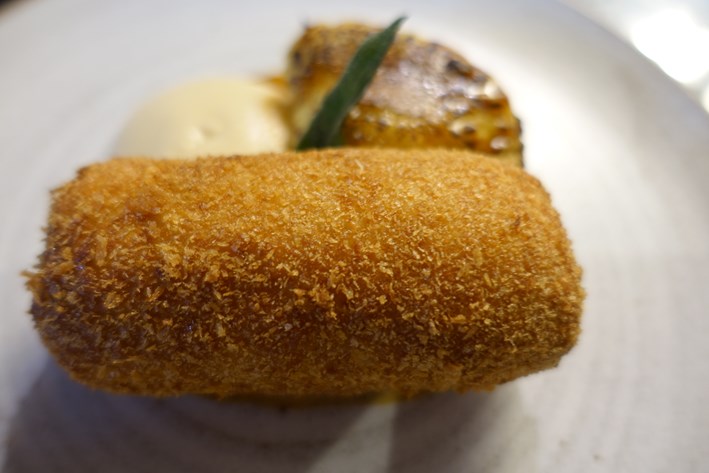

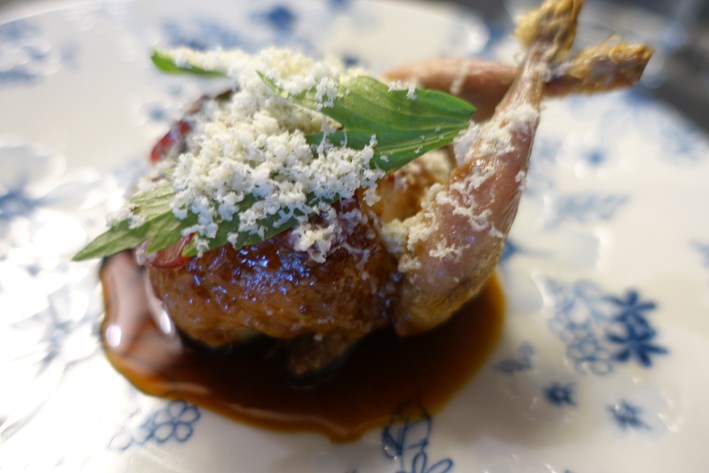
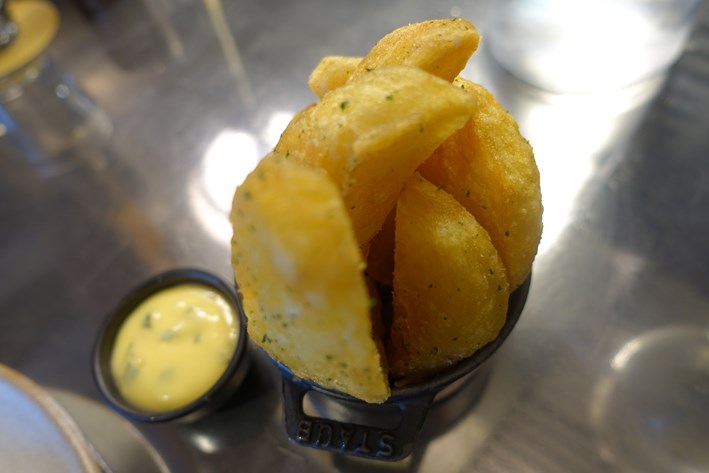

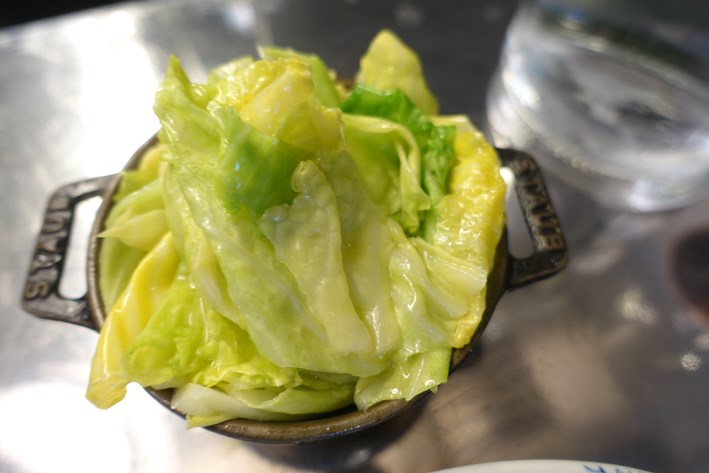
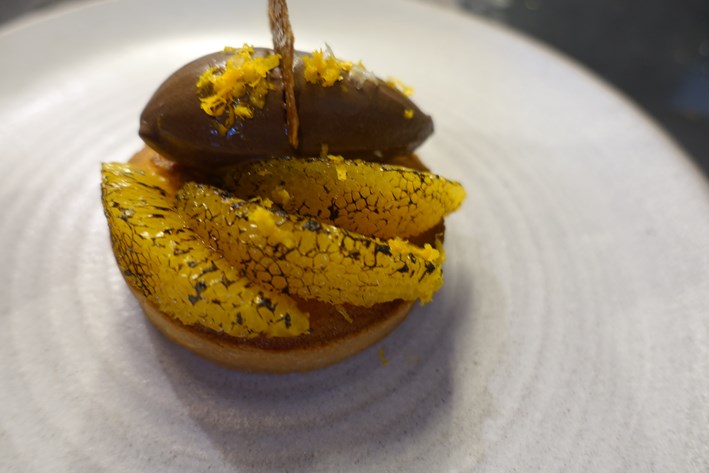

Add a comment
Thank you for submitting your comment, this will be checked and added to the website very soon.
User comments